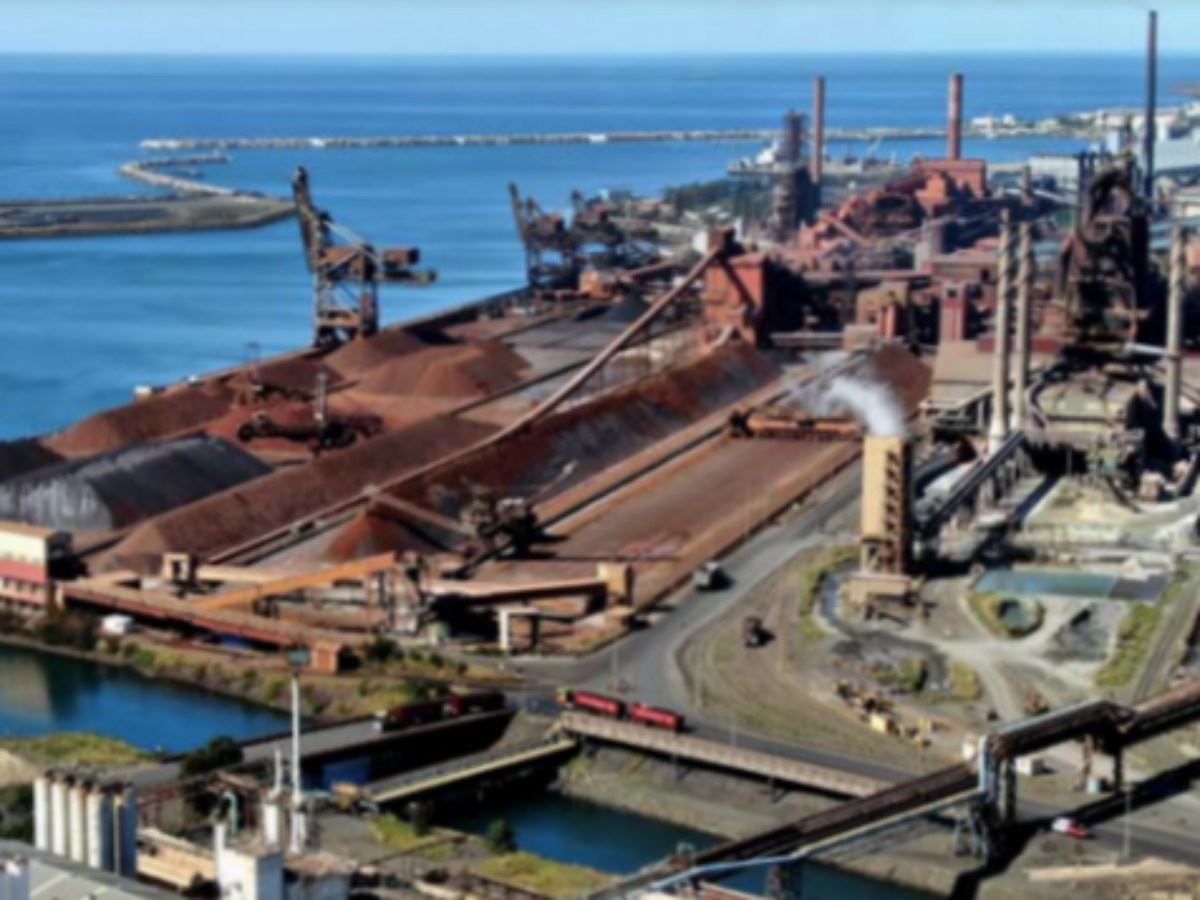Steelmakers keen to cut emissions, but remain behind the cutting edge

Comment by Peter Roberts
Steel is the second-most produced industrial commodity after cement, and like cement is a major contributor to global emissions of carbon dioxide that are causing possibly irreversible changes to the climate.
With steel contributing up to nine per cent of total global emissions, both Liberty Primary Steel and Mining Australia and BlueScope Steel are articulating pathways to cut emissions.
Liberty is investing close to $1 billion in new solar power capacity backed up by pumped hydro energy storage that will significantly cut pollution from its primary steelworks at Whyalla, while also operating a network of electric arc furnaces that utilise scrap, avoiding the use of coke in the process.
And BlueScope boasts a whole of company approach to corporate, social and environmental sustainability, outlined in its 2020 sustainability report issued this week.
It is an extraordinarily thorough and wideranging document – perhaps unique in Australian manufacturing – which canvasses what the company is doing today, planning in the near-term and is studying in a longer timeframe.
While there is no commitment to the cutting edge of removal of coke in steelmaking and replacing it with green hydrogen, the company is expanding its sole electric arc business, North Star in the United States.
“BlueScope is exploring the various potential decarbonisation technologies to understand the scale of emissions reduction they are likely to deliver, potential costs and timeframes for implementation, and some of the barriers and enablers to implementation.”
While thinking people might wish it to be doing more at the cutting edge, BlueScope has only one large blast furnace at Port Kembla, and this amplifies the technical and commercial risk of experimentation with what are as yet unproven technologies.
This is especially true when there is no government funding for such things, our national government still being wedded to coal and gas.
What BlueScope is doing is cutting carbon dioxide emissions in its operations and its supply chains, investigating biochar to reduce emissions, encouraging circular economy developments, developing products such as roofing steel which reflects more heat, and many more initiatives.
It promises to release its long-term emissions reduction aspirations in 2021.
It also provides strong support for our Paris emissions goals, the use of trade policy to protect low emission technologies from competition from legacy polluting technologies overseas, and the production of low-emission hydrogen as a national energy source.
Australia’s two primary steelmakers may be small but both are leaders in their own way – Liberty for it commitment to renewables, and BlueScope for its coating and painting technologies.
BlueScope’ sustainability document, which owes much to its late sustainability leader Ross Davies, demonstrates that given a different political situation, they could be global leaders in sustainable business practices.
Picture: BlueScope/Port Kembla
Subscribe to our free @AuManufacturing newsletter here.
@aumanufacturing Sections
Analysis and Commentary Awards Defence Manufacturing News Podcast Technology Videos










